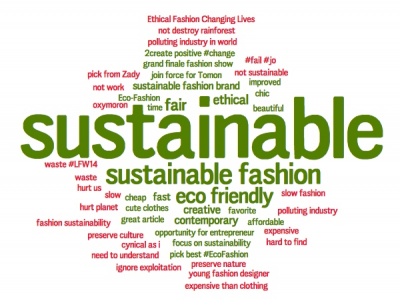There is a positive trend becoming more and more popular as time goes on. The trend is to live a more sustainable lifestyle. Certain communities or groups of people have taken this sustainability lifestyle to the next level by creating sustainable communities.
 |
| LA Eco-Village |
In only takes a few neighbors to get started. Get three or four people to get involved who share the same goal and motives as yourself. Look for these kinds of people who live on your block or in your apartment complex. Maybe they even go to school with you. Create friendships with these people. Have weekly game nights or potluck meals to build trust and friendship. During these events, be sure to talk about problems that pertain to sustainability. Add to the conversation by talking about how you feel about the current situation in your neighborhood. Speak about how you plan to contribute in sustainable way to the community and how a group can make a difference.
Make lists about what you as an individual are passionate about as well as what the group is passionate about when it pertains to sustainability issues. Set priorities on what each of you individually can start to do to change your lifestyle to be more sustainable. For example, it could be taking public transportation instead of always using a gas guzzling car. Write down three things that you as a group could do in your communities such as creating a composting site, create a common vegetable garden that the group could share or care for the street trees in the neighborhood. Make sure you attach a goal to these activities to ensure they get done, example being a month.
Come up with a decision making system. This is important because many decisions will have to be made on how to go about activities relating to sustainability. You could use majority rules or everyone has to agree in order for that action to be taken. This is important to save time and arguments.
Get the youth in your neighborhood involved in sustainable actions. This should be a priority as spreading habits young is easier than getting adults to change behavior. Create a garden where children can plant fruits and vegetables. Teach children how to ride a bike and encourage them to recycle for money. Make these tasks enjoyable so children will want to continue these habits long term.
It is important to find out who your elected officials. Start off by contacting your city council person. Find out what they are doing when it comes to sustainability. Ask questions about their plans pertaining to the environment for example. If they do not have any, help them create some.
Keep sharing your groups mission with your block and neighborhood. Work as a group not individually to spread your mission and your goals. By doing this your small group will grow. Be patient and stay passionate. One sustainable day at a time can make a big difference.
Video on building an Eco-Village on a river



